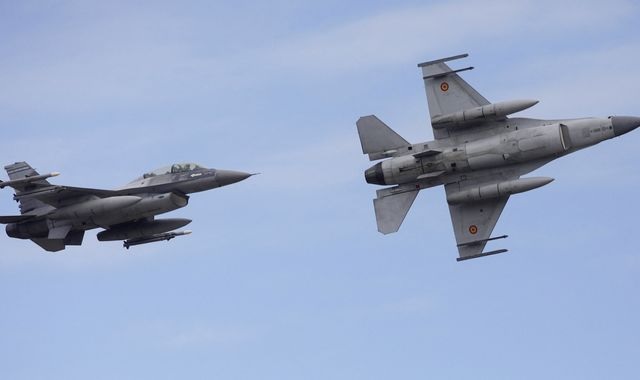DRDO to Build Full-Scale Ghatak Stealth UCAV as Funding is Secured

India’s defense landscape is rapidly advancing with the Defence Research and Development Organisation (DRDO) and Aeronautical Development Establishment (ADE) moving forward with the construction of a full-scale model of the Ghatak stealth unmanned combat aerial vehicle (UCAV). This comes after significant funding approval by the Indian government, earmarked for both the Ghatak and Advanced Medium Combat Aircraft (AMCA) projects.
The Ghatak UCAV represents a strategic leap in India’s pursuit of stealth and unmanned combat technologies. Designed to operate in high-threat environments, the Ghatak’s primary missions include precision strikes, deep penetration, and high-stakes surveillance, made possible by its cutting-edge stealth capabilities. A pivotal feature of the UCAV is its Internal Weapons Bay (IWB), crucial for minimizing radar cross-section (RCS). The bay can house up to 1.5 tons of munitions, providing stealthy firepower for missions that require maximum discretion.
Crucially, the Ghatak will utilize a specialized 46kN Dry Kaveri engine. This engine, devoid of afterburners, is optimized to deliver efficient subsonic performance suitable for an unmanned platform. This modification prioritizes fuel efficiency and reduces the aircraft’s infrared signature, essential for stealth operations. The engine project has benefited from international collaborations, specifically with French aerospace company Safran, leveraging technologies developed during the Indian Rafale deal to enhance the Kaveri engine's capabilities.
The development of the Ghatak UCAV also highlights a growing synergy with the AMCA fifth-generation fighter program. The two projects share essential technologies, such as stealth materials, avionics, data links, and propulsion systems. This integrated approach ensures a cohesive technological advancement, particularly in stealth engineering, radar evasion capabilities, and aerodynamic designs.
Significant research institutions like IIT Kanpur have contributed to optimizing the Ghatak’s stealth characteristics, such as low-RCS air intakes and autonomous flight testing. Additionally, partnerships with companies like Dassault Aviation, which has shared insights from the nEUROn UCAV program, further bolster India's domestic capabilities. However, the Indian government has emphasized developing core stealth technologies in-house, avoiding over-reliance on foreign entities.
The Ghatak UCAV’s design makes it comparable in size to the Light Combat Aircraft (LCA) Tejas Mk1A, but with a focus on endurance over speed. Its large wings facilitate extended loitering for intelligence, surveillance, and reconnaissance missions. Expected to have a combat endurance of 5 to 8 hours, the aircraft is poised to be a versatile and resilient asset in contested airspace.
Another innovative aspect is its potential to operate in Manned-Unmanned Teaming (MUM-T) configurations. This would allow the Ghatak to work alongside manned aircraft like the AMCA or Su-30MKI, performing roles such as scouting, electronic warfare, or drawing enemy fire, thereby increasing mission effectiveness and survivability.
With the approval of funds for the Ghatak's full-scale model and key advancements in propulsion and avionics, DRDO’s ambitious project marks a critical phase in India's defense evolution, paving the way for indigenous, stealth-enabled unmanned combat capabilities that can redefine air warfare dynamics in the region.



